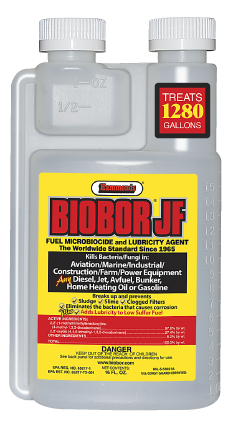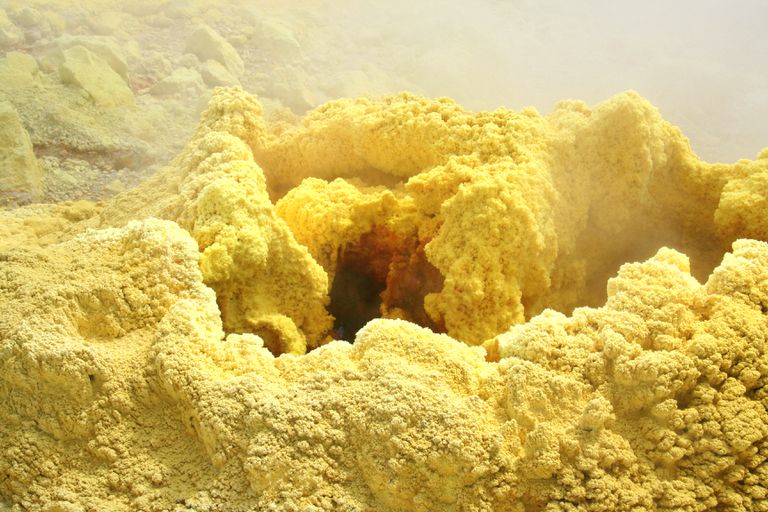There is more information on the subject of sulfur in diesel fuel and more sound science than ever before. Yet there is still a misconception often repeated in the fuel industry that diesel fuel sulfur is toxic to microorganisms and the removal of sulfur is the result of the corrosion problems frequently seen in fuel systems today. Let’s look at some facts about sulfur content in fuel.
Fact #1
Reports of MIC go back to the early 1900’s and the first attempts to identify MIC date back to 1934. Since that time, biodeterioration and MIC have been researched and studied exhaustively. Historically, microbiological growth (MBG) has been a problem in diesel fuel from the very beginning. Biobor JF was invented and placed on the market in 1965 to address the problem of MBG. All of the earlier fuels contained high sulfur. Ultra-low sulfur fuel diesel fuel was not introduced until 2006. Prior to 2006, MIC and biodeterioration were a serious problem. There is no hard evidence that MBG or MIC is more prevalent today. It is a fact that there is more awareness and there are more studies about the subject matter. Sulfur is essential to life and is metabolized by microorganisms as an energy source. There is a misnomer in the fuel industry that sulfur in historically high sulfur diesel fuel kept the fuel from degrading by acting as a biocide or at least a biostatic. Research confirms the hydrodesulfurization process used to remove sulfur also removed toxic aromatic compounds that have been shown to protect the fuel, not sulfur. The removal process did in fact make diesel fuel more susceptible to MBG by removing polynuclear aromatic compounds that were toxic to microbes. FACT, sulfur is not inherently toxic to microbes.
Fact #2
Around 95% of the sulfur combusted in fuel emits as sulfur dioxide (SO2), a toxic gas related to serious human health issues. A secondary issue relates to the release of fine sulphate particles released into the air and known to form a majority of the particulate matter (PM) that is responsible for increased asthma, heart disease and respiratory disease. Additionally, PM is also a source of environmental pollution generating acidic aerosols that eventually precipitate in the form of acid rain, snow and fog. Before the inception of ULSD, acid rain was a common occurrence. The negative impact of fuel sulfur cannot be understated. FACT, sulfur is harmful to humans and the environment.
Fact #3
Before the effort to remove sulfur began, diesel engine lubricants were designed with detergents to protect engines from sulfur damage. During combustion, sulfur produces sulfuric acid which is highly acidic and corrosive. Sulfuric acid has been proven to lead to corrosive wear and serious engine damage. While sulfur is known to have a lubricity factor, the acids produced during combustion are so acidic that they are proven to cause serious damage to engine components potentially raising maintenance costs by as much as 25%. FACT, sulfur damages engines.
Knowing that sulfur has no real benefit in today’s diesel engines, why would anyone want to add sulfur to their fuel? Additives or biocides that add to the sulfur content of the fuel contribute to the negative effects on human life, the environment and maintenance costs of the engine. When premium options are available that do not contain sulfur, why not use them?
How do I know when sulfur is present? It may not be obvious! In biocides for instance, if the ingredients include the words “thio, thia or sulfo” then sulfur is present. This would be the case with Isothiazolinones like those found in Kathon FP 1.5 and Kathon knockoffs such as FQS 1.5. Others such as those made with Thiocyanates have high sulfur content. Another biocide manufactured by Buckman and package under many different names by other companies, like Bell Performance’s Bellicide, E-Zoil’s Bio-Blast or Schaeffer’s 285 Fuel Shock, contain approximately 14,000ppm of sulfur. This diesel fuel additive does not comply with federal ultra-low sulfur content requirements for use in engines year 2007 or newer. The recommended dosage will add substantial sulfur content to your fuel, potentially causing your fuel to be out of spec and damaging your equipment.
Knowing what you put in your fuel is one of the first steps to fuel quality management. Understand the products you use. Biobor JF, is the premiere fuel biocide in the world. It has been in use since 1965 and remains the best. It does not contain sulfur and it is a natural lubricity additive, something today’s ULSD need.

Share the Post









I have a 2024 GMC Sierra 2500HD Duramax. Is Biobor Jr safe to use in this vehicle?
Yes it is safe to use in a GMC Sierra 2500HD Duramax.
Hi. I have an almost full tank of diesel right now on my sailboat with a fuel lubricant-type additive added each time I topped up. This lubricant has added sulphur. Seems best to stop using that. Instead I am considering using Biobor (for bacteria) as well as Startron Enzyme fuel treatment (for anti-corrosion). The engine gets little use.
1. Wondering if Biobor and Startron can be used at the same time? Is Biobor still effective when Startron is used?
2. If so, do they need to be pre-mixed together before adding?
2. Can they simply be put into the fuel tank without adding more fuel to mix it up?
Thank you kindly for your advice.
Harold
Hello Harold. Yes Biobor JF would be the correct biocide to use. Also note that it add lubricity so will help the efficiency and functionality of your engine. While we are fully compatible with Startron, might I suggest Biobor DC as a superior alternative. I think you will find it a better product.